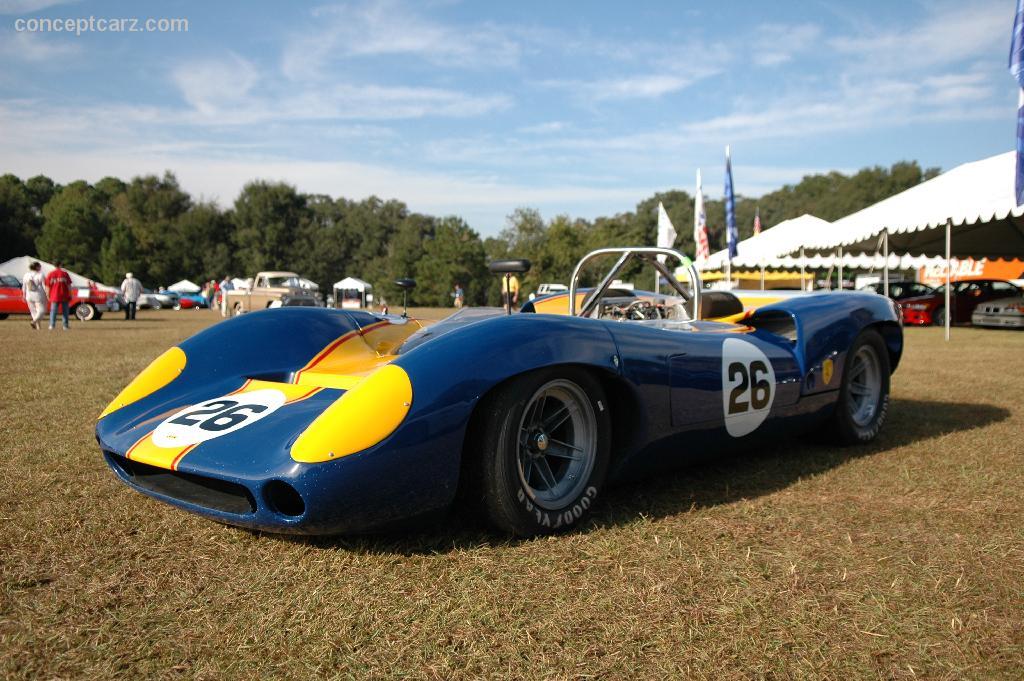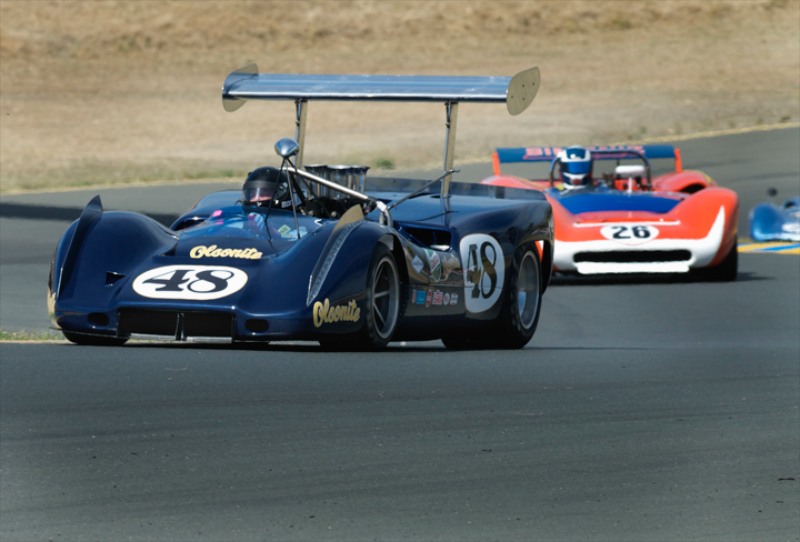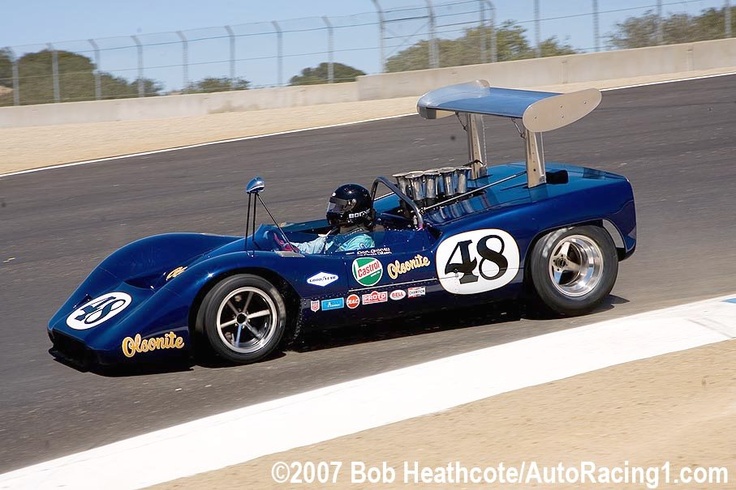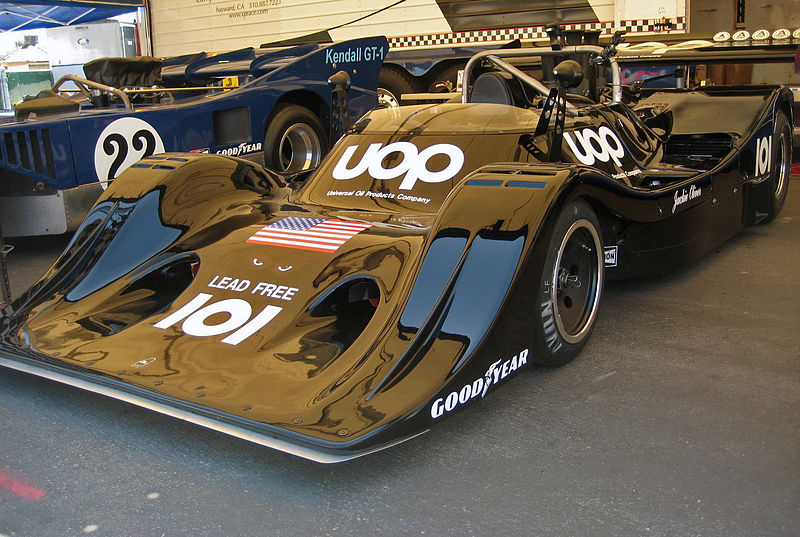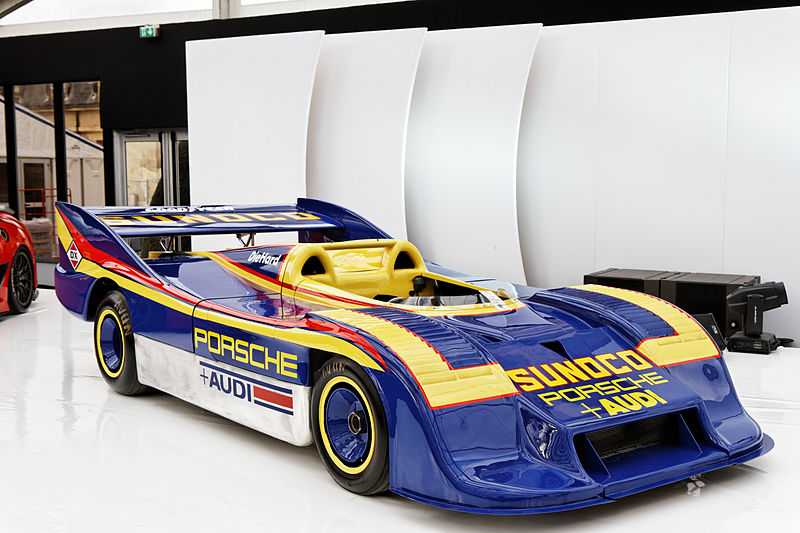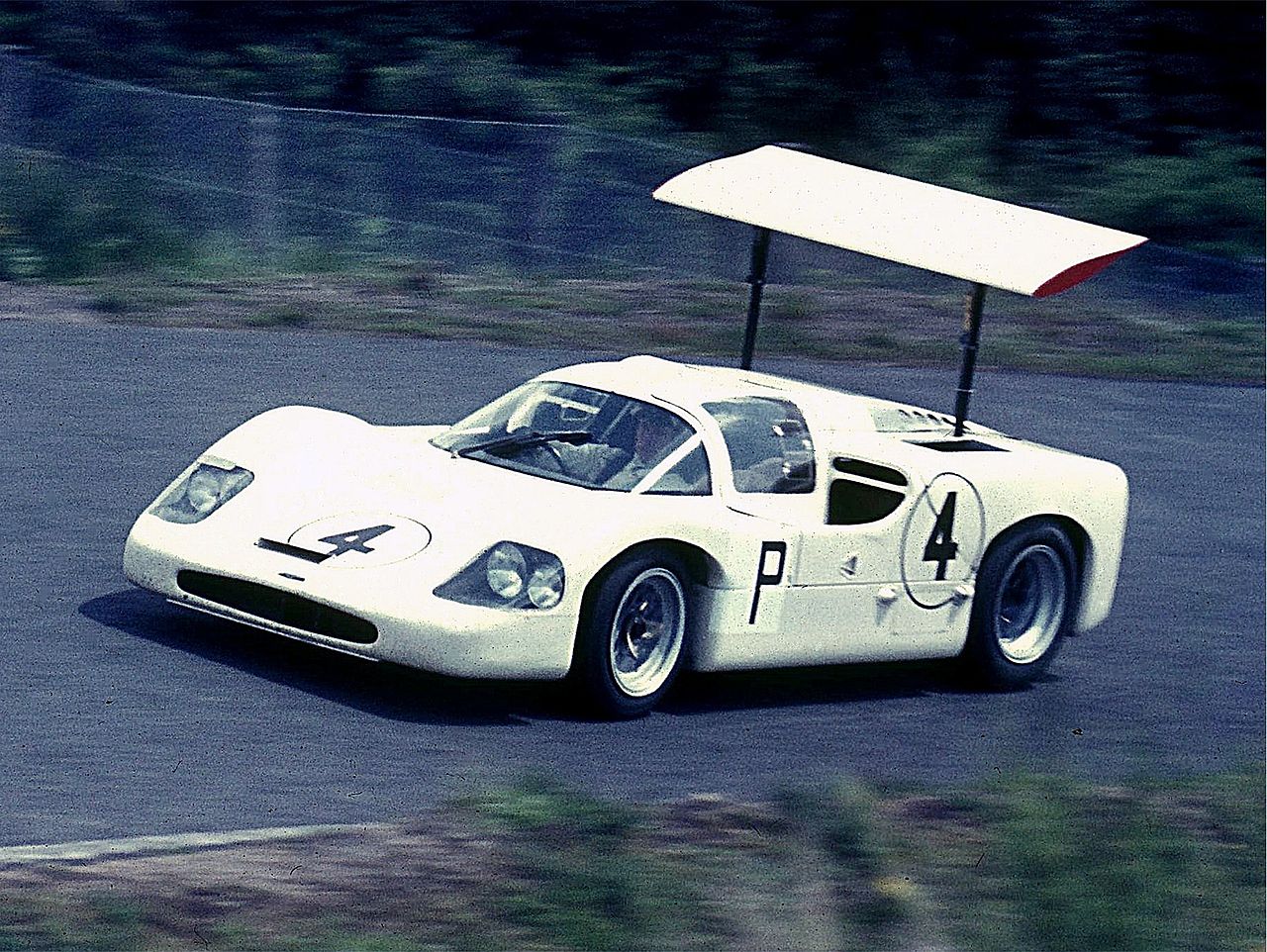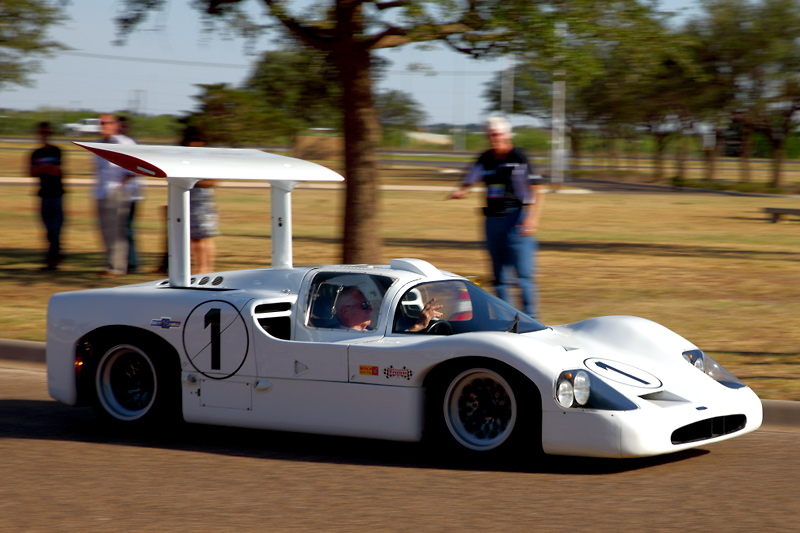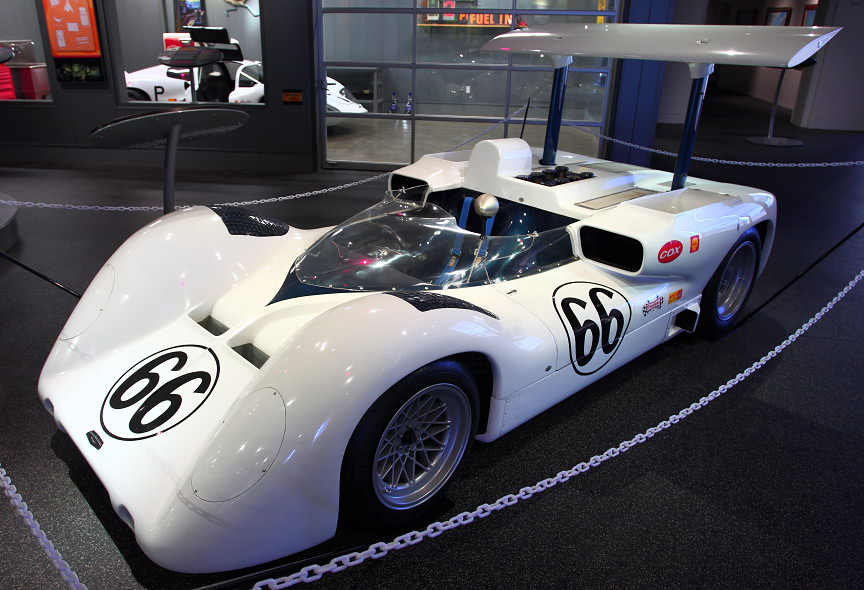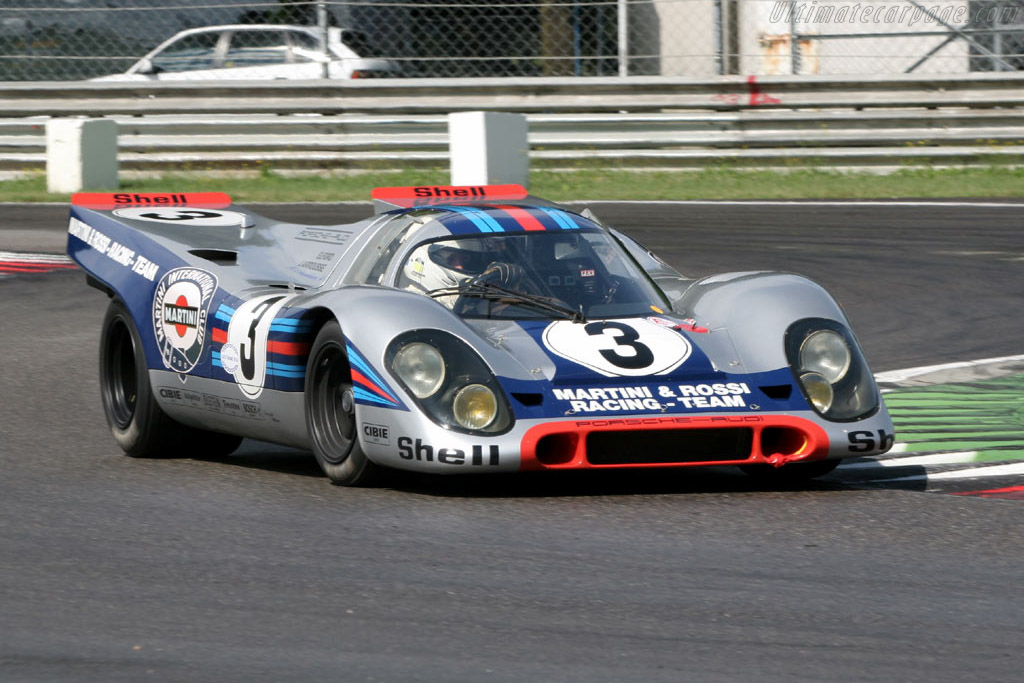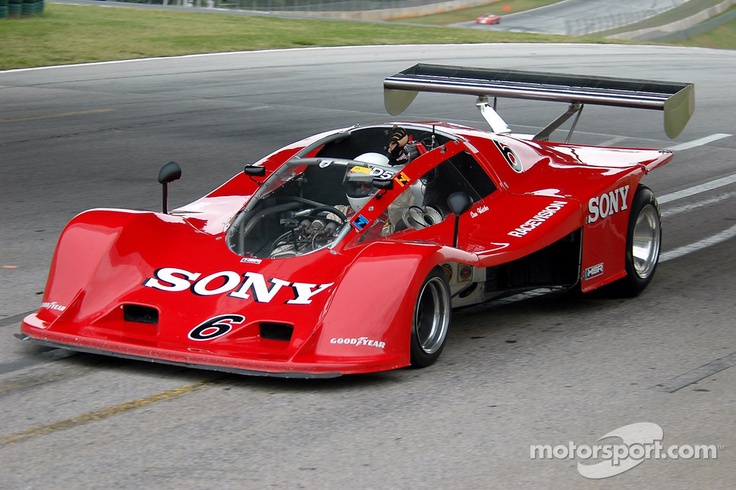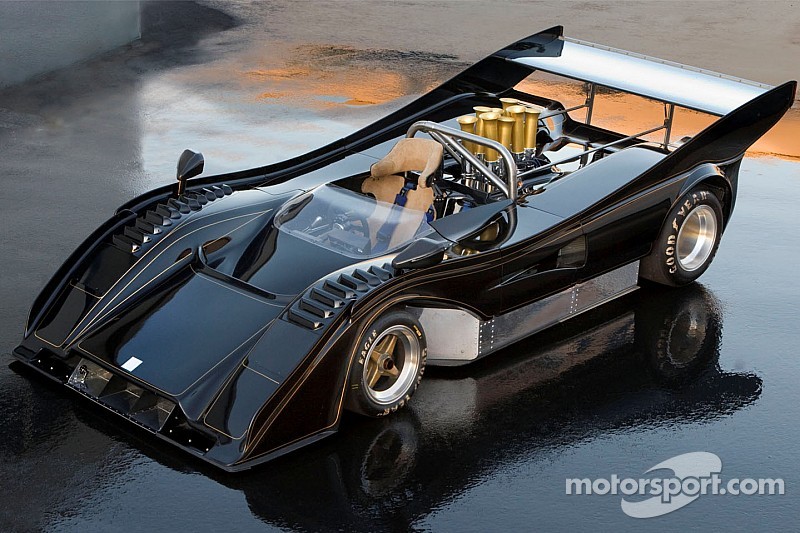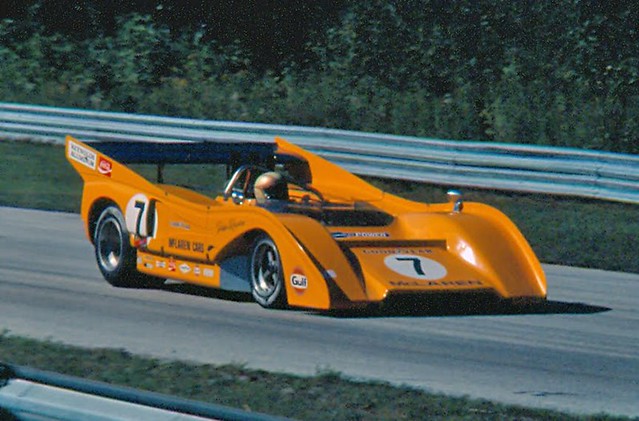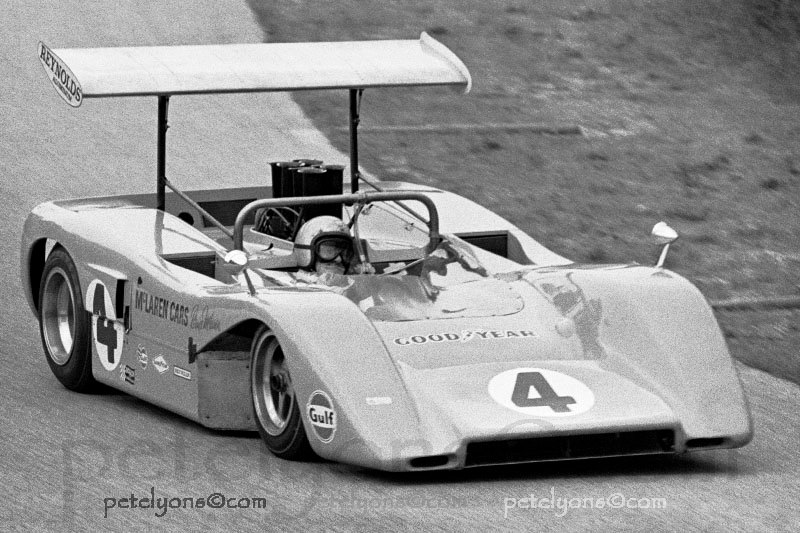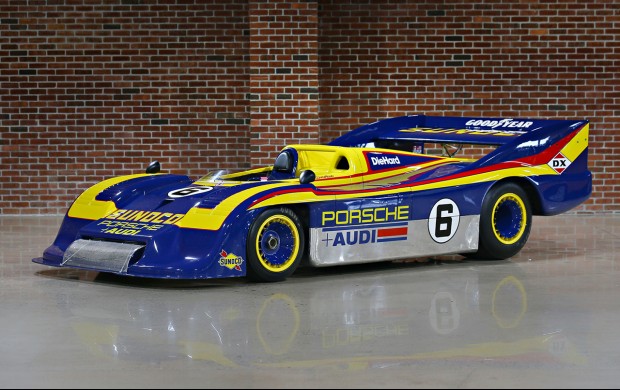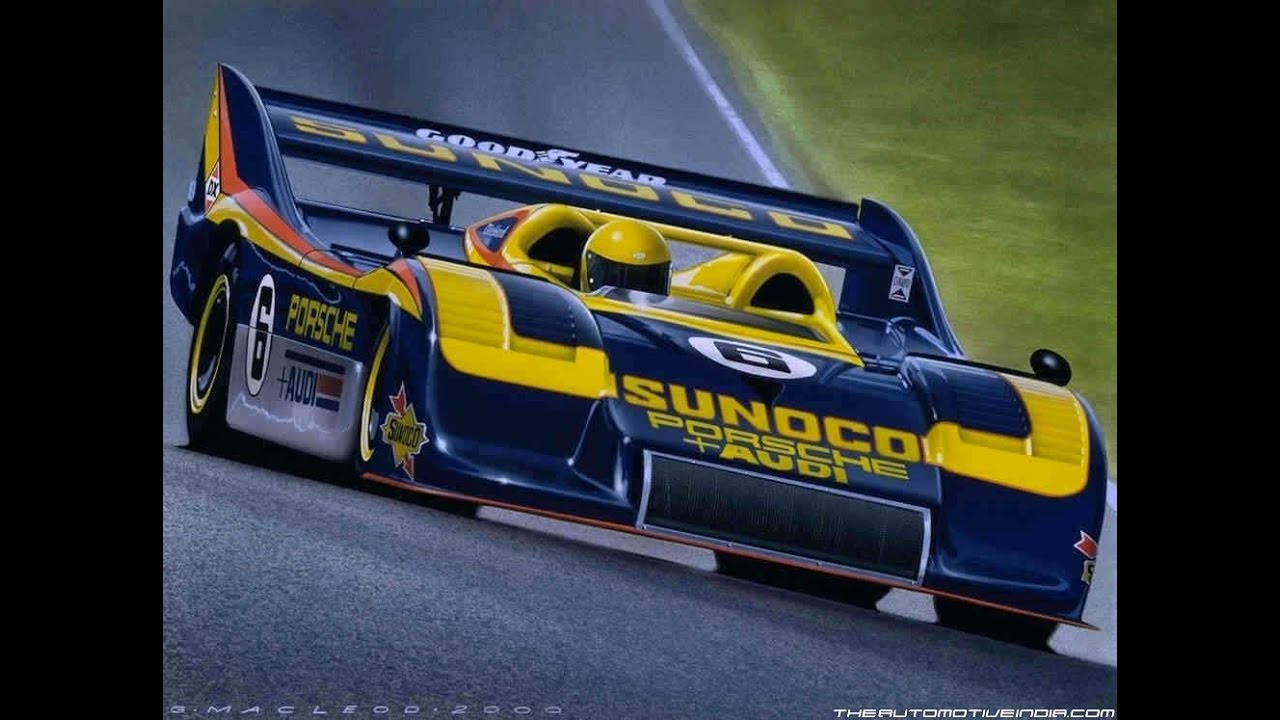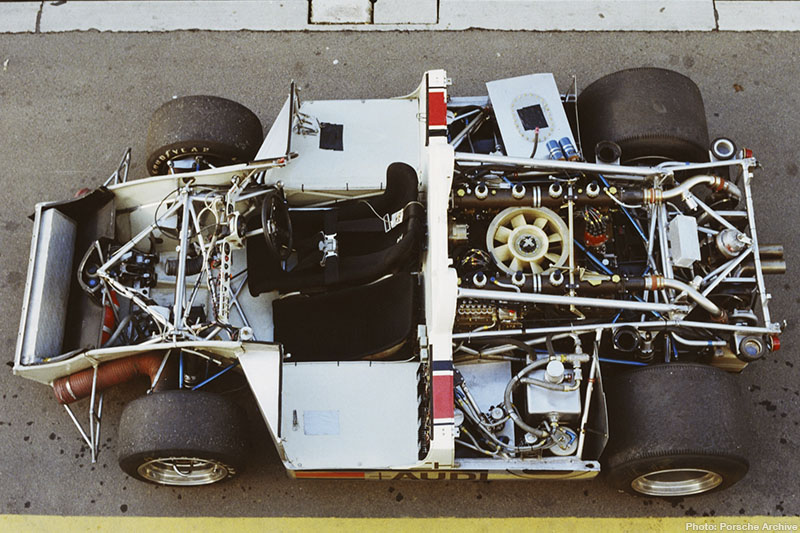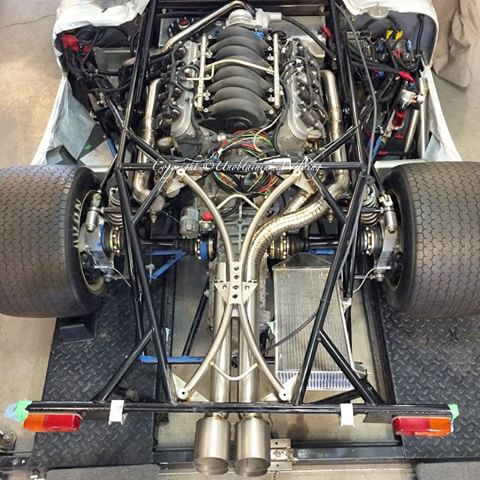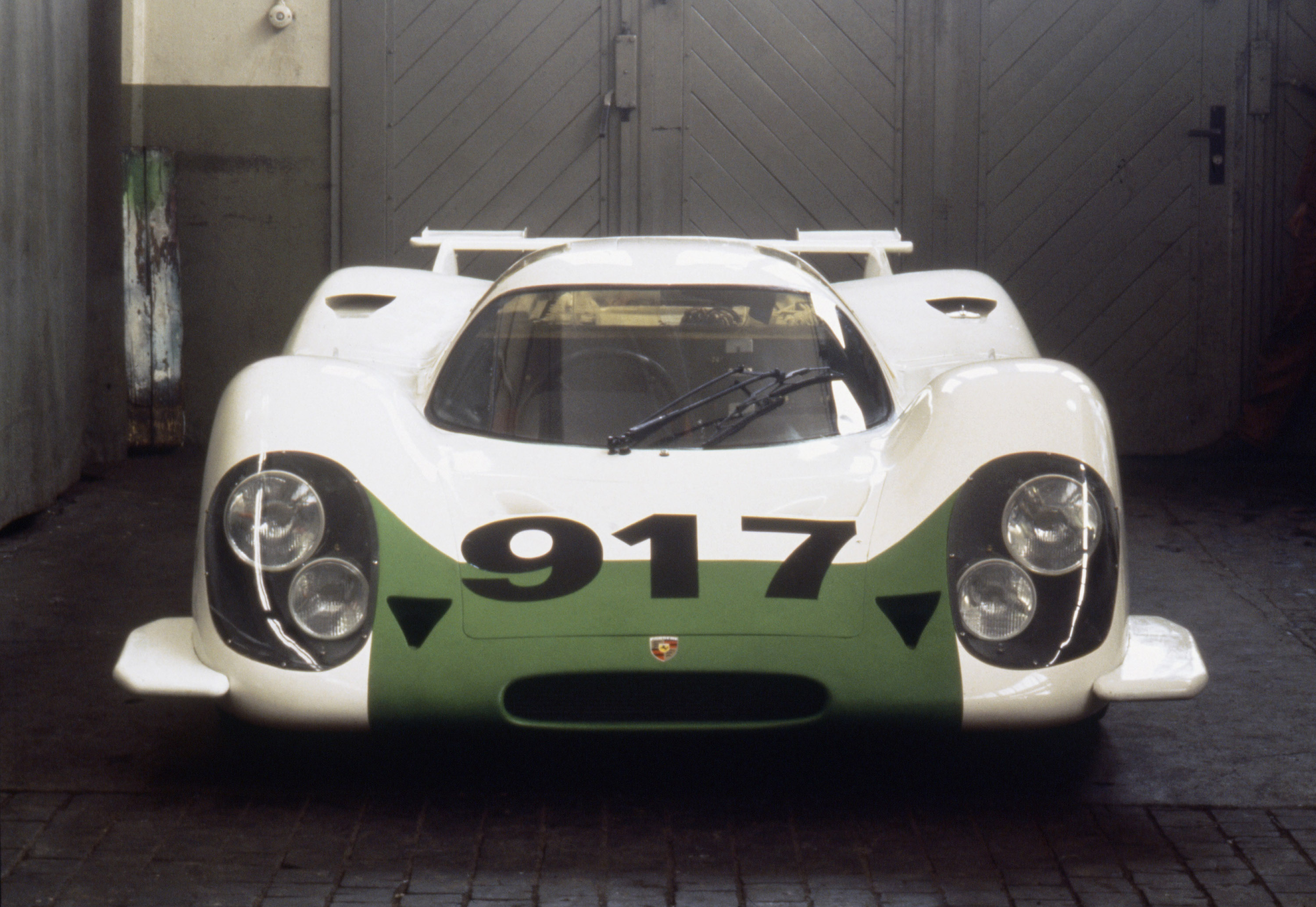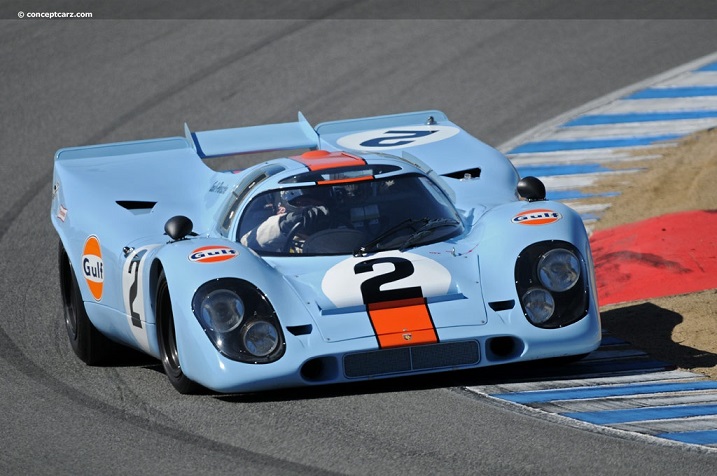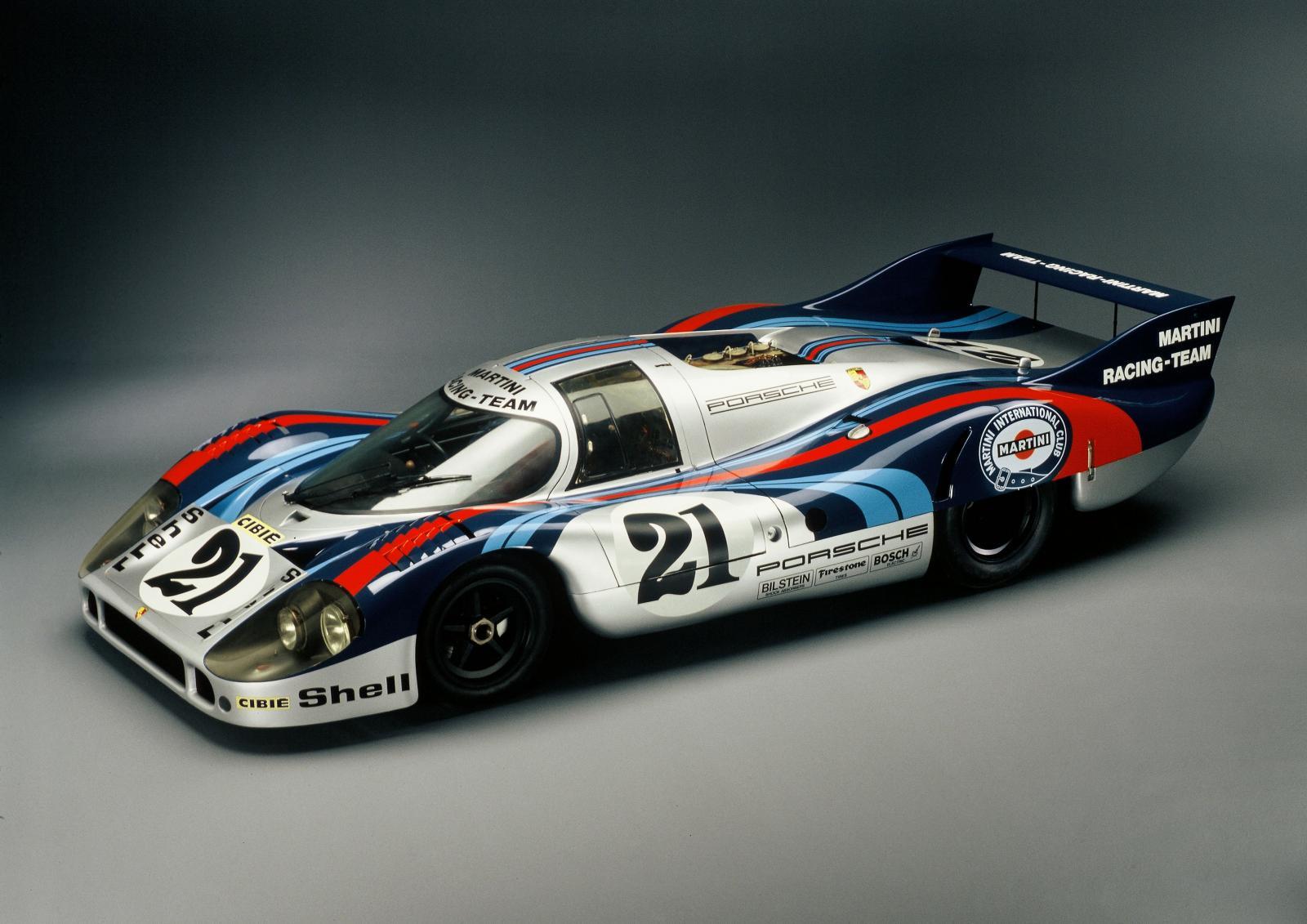http://www.95customs.com/the-1971-mclaren-m8f/2015/2/21
of all the auto related sports I always felt this was the peak or summit, of auto racing,
as it allowed the engineers and drivers too both show off their respective skills
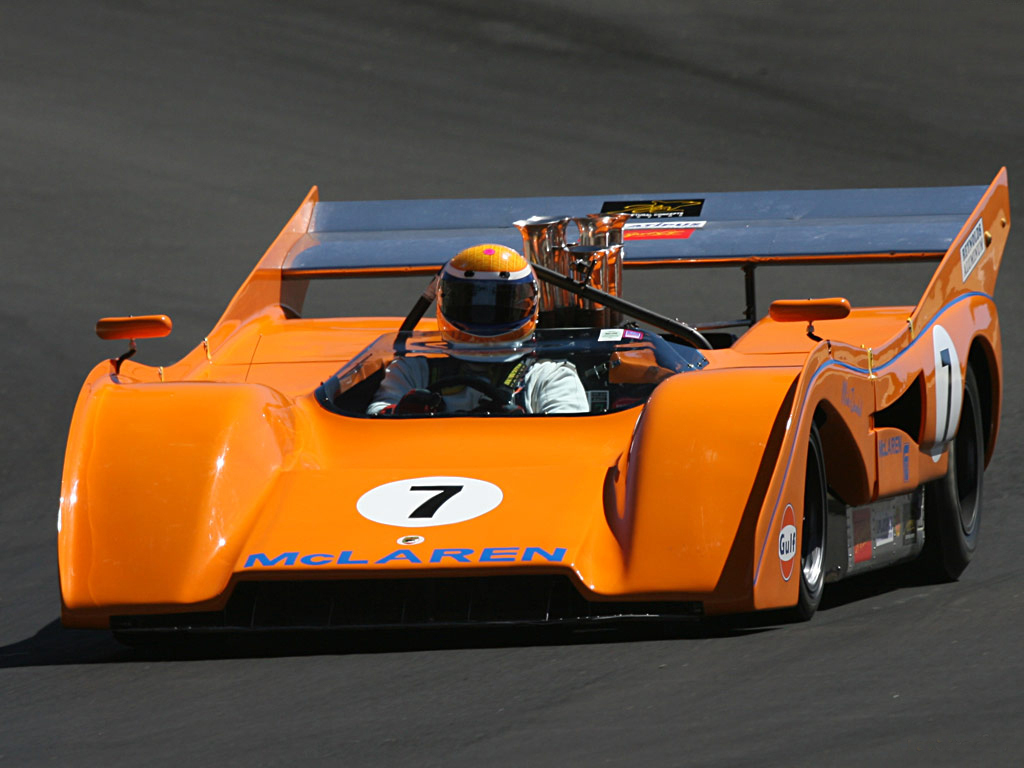 The 1971 McLaren M8F →
The 1971 McLaren M8F →
February 21, 2015
At just 22 years of age in 1959, Bruce McLaren won the American Grand Prix. It was over 40 years before a younger driver would win a Grand Prix race.
But Bruce McLaren was far more than a fast driver. In 1963, he purchased an Oldsmobile-powered Cooper known as the Zerex special. He campaigned it in the American Sports Car series. Over time he continuously modified the car, wringing everything he could out of it. Ultimately he decided it best to build a new spaceframe car of his own – the McLaren M1. When the M1 debuted at Goodwood in 1964, it was three seconds a lap faster than the next fastest car.
The McLaren M1A
" data-lightbox-theme="" id="yui_3_17_2_1_1542296987782_269" style="line-height: 0; text-align: center; position: relative; overflow: hidden; padding-bottom: 656.422px;">
The McLaren M1A
When the Can-Am series started in 1966, McLaren campaigned his M1 with a larger engine, but the new Lola T70 was simply a better car, with its purpose-built monocoque chassis. McLaren quickly responded, engaging Robin Herd to help redesign their replacement to the M1, the McLaren M6. It utilized some of the same thinking as the Lola T70. It utilized an aluminum monocoque chassis with a fiberglass body, powered by a bored and stroked fuel injected small block Chevy. The new M6s were painted Papaya Orange – the color that has become synonymous with McLaren to this day. The new McLaren M6A, driven by Denny Hulme and Bruce McLaren himself, scored the 1967 Can-Am Championship, winning five of the six races between them.
The McLaren M6A
" data-lightbox-theme="" id="yui_3_17_2_1_1542296987782_295" style="line-height: 0; text-align: center; position: relative; overflow: hidden; padding-bottom: 650.438px;">
The McLaren M6A
The McLaren M8A
" data-lightbox-theme="" id="yui_3_17_2_1_1542296987782_318" style="line-height: 0; text-align: center; position: relative; overflow: hidden; padding-bottom: 337.516px;">
The McLaren M8A
McLaren kept developing aggressively for 1968, introducing the M8A – a new car designed around and aluminum big block V-8, which acted as a partially stressed member of the chassis. The new power plant produced 620 hp. The bodywork was widened to increase aerodynamic downforce, as well as to accommodate the increasingly wider tires. Partnered once again with Denny Hulme, they won four of the six races in 1968, with the other two races won by drivers in customer versions of McLaren's cars.
The McLaren M8B
" data-lightbox-theme="" id="yui_3_17_2_1_1542296987782_341" style="line-height: 0; text-align: center; position: relative; overflow: hidden; padding-bottom: 438.109px;">
The McLaren M8B
As the World Sports Car championship racing with limited displacement to 3.0 L engines, many large manufacturers, like Ferrari, begin to enter the Can-Am Challenge series. The competition wicked up as a result. McLaren continued to develop and evolve the M8 into the B model. McLaren increased power slightly, and further widened the car to accommodate even larger tires. But the most noticeable change was the large rear wing. He took note of the high-winged Chaparral 2E, and utilized a similar feature on the M8B. Further cementing McLaren dominance, McLaren and Hulme won every single race in the 1969 season. The suspension-mounted rear wings were banned for the 1970 season.
When McLaren developed the next evolution – the M8C – he did so with the intent of selling them as customer cars. He used the legacy body, but with a much more basic chassis mounted wing. Underneath the skin, there were small evolutions to the aluminum monocoque, and they discontinued use of the engine as a stressed member, allowing easier customer choice from either Ford or Chevrolet power plants.
The McLaren M8C
" data-lightbox-theme="" id="yui_3_17_2_1_1542296987782_364" style="line-height: 0; text-align: center; position: relative; overflow: hidden; padding-bottom: 631.516px;">
The McLaren M8C
The McLaren M8D
" data-lightbox-theme="" id="yui_3_17_2_1_1542296987782_387" style="line-height: 0; text-align: center; position: relative; overflow: hidden; padding-bottom: 316.297px;">
The McLaren M8D
But McLaren of course was developing his own Works car in parallel with the customer car - the M8D – also known as the Batmobile. McLaren's Works car came with a new wider body and a substantially larger rear wing fit in between the tail fins. Engine displacement increased from 7.0 to 7.6 liters, raising output to 670 hp.
Despite the promise the M8D provided for the 1970 season, it was a bittersweet year. Bruce McLaren had been fatally wounded during a test session of the M8D at Goodwood early in the season. His seat was filled by Dan Gurney for the first portion of the season, and later by Peter Gethin. The McLaren M8D went on to win 9 of 10 races in the 1970 season. But before his passing, McLaren had been working on another car.
For 1971, the McLaren Group evolved the Batmobile design into the legendary M8F.
Compared to the M8E, the F derivative is longer. Three inches were added to the middle of the tub, increasing the wheelbase to 98 inches. But the track actually got slightly narrower - 60 inches front, and 58.8 rear. The suspension geometries were modified to provide a bit more anti-squat at the rear. The front upright castings were straight off the McLaren-produced Indy car, and gave the M8F slightly different geometry, and were much more rigid.
The fins were now initiated at the front fenders, and the monocoque's fuel-tank sides were made of 0.062 inch thick sheet. That was relatively heavy gauge versus previous materials, for two reasons: to reduce punctures, and to permit the rivets to be recessed, aircraft style. Compared with the M8E customer car, the F had a few more exotic materials like magnesium and titanium in places. The driverless M8F weighed in at around 1550 pounds.
The all aluminum V-8 displacement was pushed over 8.0 liters. Output was somewhere around 750 hp, making the M8F the first Can-Am car to break the 1000 hp per ton mark. Even more impressive, the torque curve bulged up to 600lb-ft and continued to 700 in a straight line over a 1500-rpm band. The drivers were supposed to keep the revs below 7000, but dyno tests have seen these engines running at 7800. The transaxle was a Hewland LG 500 Mk II, distinguishable from previous versions by its much beefier case and side plates.
In what was becoming typical fashion, the McLaren cars won 8 out of 10 races, with the 1971 championship ultimately going to Peter Revson – the first American driver to win a Can-Am title.
The McLaren organization attempted to follow up on the success of the M8F with the M20 in 1972. The M20 relocated the radiators, and more critically, attempted to utilize a significantly higher output turbocharged V-8, but they were plagued with reliability issues. The turbocharged Porsche 917s were generating a very reliable 900 hp, ending McLarens reign in the Can-Am series.
Bruce McLaren's contributions to motorsports are the stuff of childhood fantasy. It's hard to imagine what else might have been were it not for his untimely death. But as one of the last projects he got to personally contribute his talent before passing, the McLaren M8F was a legendary final effort.
The McLaren M8F
" data-lightbox-theme="" id="yui_3_17_2_1_1542296987782_410" style="line-height: 0; text-align: center; position: relative; overflow: hidden; padding-bottom: 656.422px;">
The McLaren M8F
Can-Am Cars: Denny Hulme's 1971 McLaren M8F. In the pits and on the track.
","source":"
Can-Am Cars: Denny Hulme's 1971 McLaren M8F. In the pits and on the track.
"},"hSize":null,"floatDir":null,"html":"","url":"
","width":854,"height":480,"providerName":"YouTube","thumbnailUrl":"
http://i.ytimg.com/vi/wSB1IwqLs5s/hqdefault.jpg","resolvedBy":"youtube"}" data-block-type="32" id="block-yui_3_17_2_51_1424300557586_36903" style="position: relative; height: auto; padding: 17px; outline: none; box-shadow: rgba(128, 128, 128, 0) 0px 0px 0px 1px inset; transition: box-shadow 0.2s ease-in-out 0s; clear: both;">
[/iframe]" data-provider-name="YouTube" id="yui_3_17_2_1_1542296987782_134" style="position: absolute; top: 0px; left: 0px; width: 1020px; height: 573.297px;">
Denny Hulme's team car for the 1971 Can-Am season
","source":"
Denny Hulme's team car for the 1971 Can-Am season
"},"hSize":null,"floatDir":null,"html":"","url":"
","width":854,"height":480,"providerName":"YouTube","thumbnailUrl":"
http://i.ytimg.com/vi/AC12eL9McHU/hqdefault.jpg","resolvedBy":"youtube"}" data-block-type="32" id="block-yui_3_17_2_51_1424300557586_37514" style="position: relative; height: auto; padding: 17px; outline: none; box-shadow: rgba(128, 128, 128, 0) 0px 0px 0px 1px inset; transition: box-shadow 0.2s ease-in-out 0s; clear: both;">
[/iframe]" data-provider-name="YouTube" id="yui_3_17_2_1_1542296987782_175" style="position: absolute; top: 0px; left: 0px; width: 1020px; height: 573.297px;">
Mclaren M8F in-car video. 2009 Kohler International Challenge Group 7 Qualifying race at Road America
","source":"
Mclaren M8F in-car video. 2009 Kohler International Challenge Group 7 Qualifying race at Road America
"},"hSize":null,"floatDir":null,"html":"","url":"
","width":640,"height":480,"providerName":"YouTube","thumbnailUrl":"
http://i.ytimg.com/vi/ZBNh8LMShyE/hqdefault.jpg","resolvedBy":"youtube"}" data-block-type="32" id="block-yui_3_17_2_51_1424300557586_36321" style="position: relative; height: auto; padding: 17px; outline: none; box-shadow: rgba(128, 128, 128, 0) 0px 0px 0px 1px inset; transition: box-shadow 0.2s ease-in-out 0s; clear: both;">
[/iframe]" data-provider-name="YouTube" id="yui_3_17_2_1_1542296987782_214" style="position: absolute; top: 0px; left: 0px; width: 1020px; height: 765px;">
